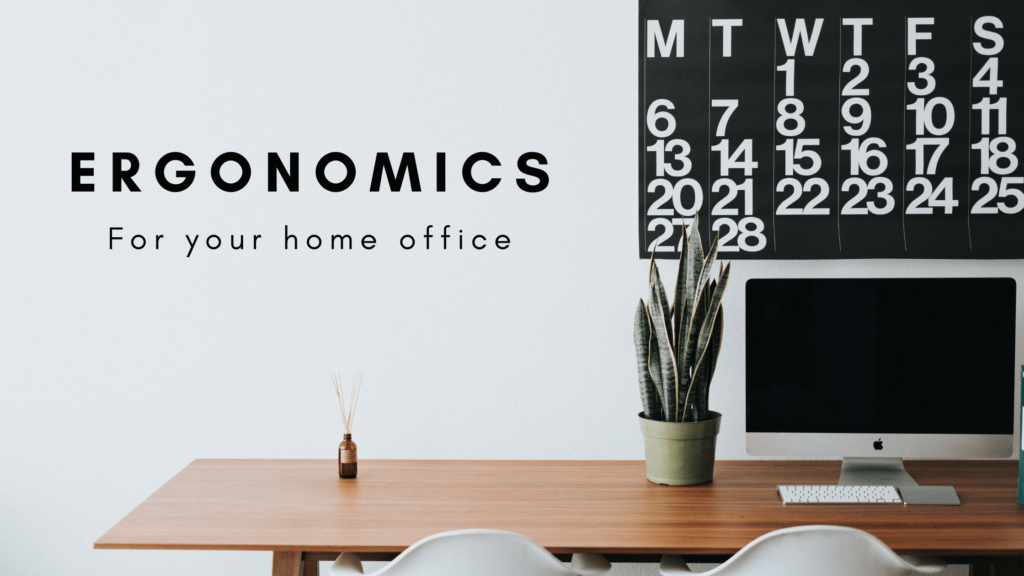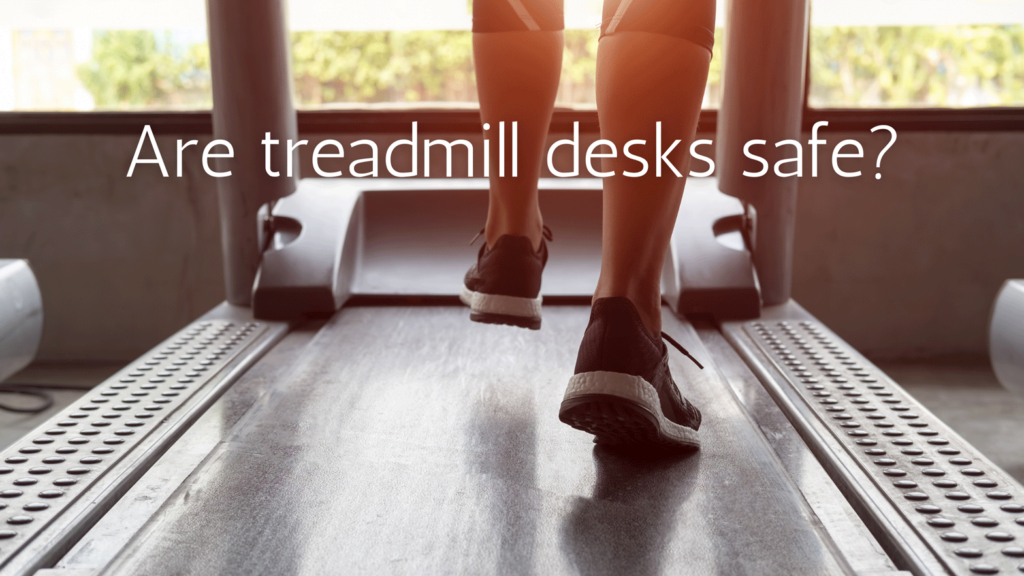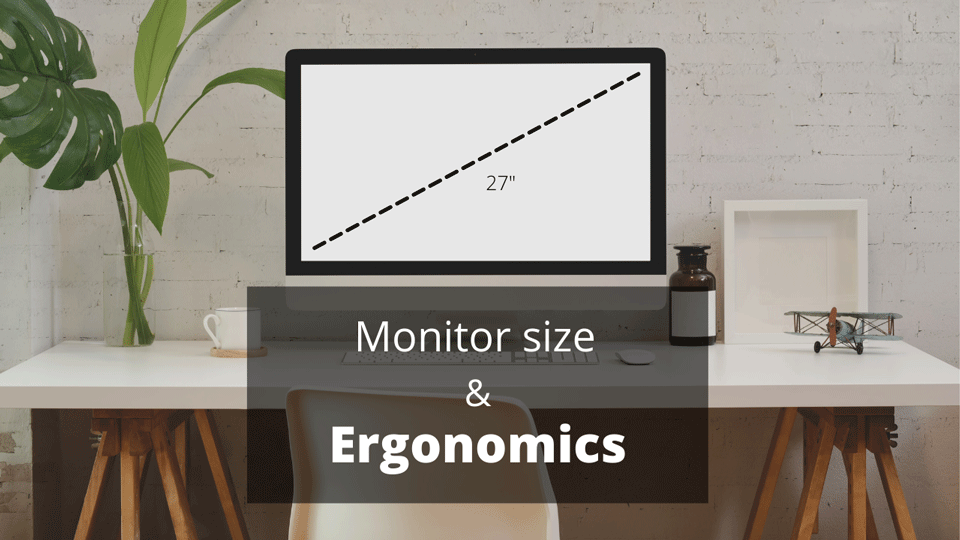Are you spending 8 hours of your work day at a computer, on the couch, bed, or at your dining room table? If so, you probably need an ergonomic consultation, and it’s best to schedule one now rather than later to prevent future injuries and improve productivity.
Today, I’m going to talk about 10 DIY tips to improve your ergonomics at your home or office workspace.

Monitor placement
The top line of your monitor should be placed at or slightly below eye level. This prevents bending or straining the muscles of your neck.
If you wear bifocals or trifocals, check out this video here. Below are some DIY tips to adjust your monitor.
- Raise monitor or laptop with books or boxes
- Increase chair height
Note: If you raise your chair height, make sure your elbows continue to be at about 90 degrees to your keyboard with your feet resting flat on the floor.
Foot stool
Proper sitting posture requires your knees at approximately 90 degrees with your feet resting on the floor.
- Use a box, foam roller, printer paper, or books to elevate your feet.
- If sitting too low, raise your seat.
Keyboard and mouse wrist rest
Keyboard and mouse wrist rests can be beneficial to reduce the symptoms of carpal tunnel. They can also be helpful to keep your wrists in a straight neutral position. Most people buy a gel wrist rest, but here’s a temporary DIY option.
- Fold a small towel under the wrists when using the keyboard
- Fold a washcloth under the wrist when using the mouse
- Consider using a smaller keyboard for less mouse travel
If you still have wrist pain try mousing with your opposite hand. It takes about a day to feel comfortable and a week to master.
Lumbar support
Ideal sitting position should be slightly reclined with lumbar support along the small of your back. If your chair doesn’t offer lumbar support, I highly suggest finding a chair that supports it.
- Use a rolled towel or small pillow to increase lumbar support
Reduce glare

If you’re facing a window or facing away from a window, you’re most likely dealing with reflections. Glare can place strain on your eyes and should be avoided.
- Move your workstation perpendicular to a window
If you’re unable to move your desk, you might consider using an anti-reflective monitor or screen.
Change lighting
If you’re in an environment without windows, poor lighting, or harsh lighting you may be putting your eyes at risk.
- Find a way to diffuse the light with shades or overhead diffusers.
- A couple lamps may also do the trick
Document holder
Document holders are a great way to avoid bending your neck if you’re constantly looking at documents away from your screen. Consider these options.
- Use a binder clip attached to your screen if safe
- Attach a clipboard to a box with something heavy inside
- Use a picture frame with a stand and a binder clip
Clear the clutter
Clearing up clutter is a great way to make your workspace more ergonomically friendly.
- Place commonly used items near you
- Place occasionally used items within arms reach
- Place pictures, plants, or other unused items out of reach.
Take frequent breaks
If you sit all day at a desk, you’re at increased risk for low back pain later in life. Frequent breaks are a low cost solution to rejuvenate your body and mind.
Standing desks are great if used correctly, but most research shows that standing for prolonged periods can cause harm as well.
- Don’t just stand, walk around every hour if possible
- Walk outside and get some fresh hair
- Stretch and do some jumping jacks
Ask your employer for an ergonomic assessment
This last step is probably the most important DIY solution. If you’re looking for ways to improve your office ergonomics, prevent injury, and restore function, schedule a remote ergonomics assessment with me.
If you’ve found any of these tips helpful, I can provide you with a one-on-one consultation to improve your office ergonomics, so you can improve your work performance.
An ergonomic assessment will help you understand your individual risks and provide you with the tools you need to do your job.
Click the link below to schedule a consultation.
Remote ergonomic assessment for the home office

David is the lead editor of OT Focus. He has been practicing as an Occupational Therapist since 2013. He specializes in acute care, hand therapy, and ergonomics.




